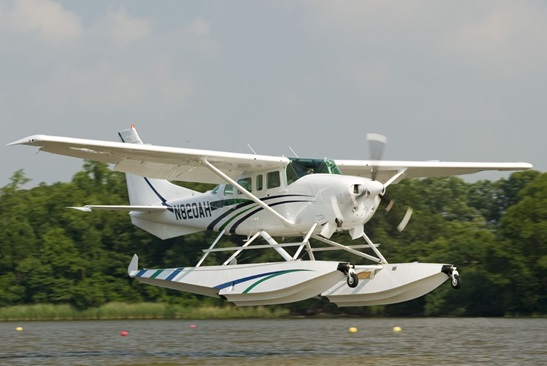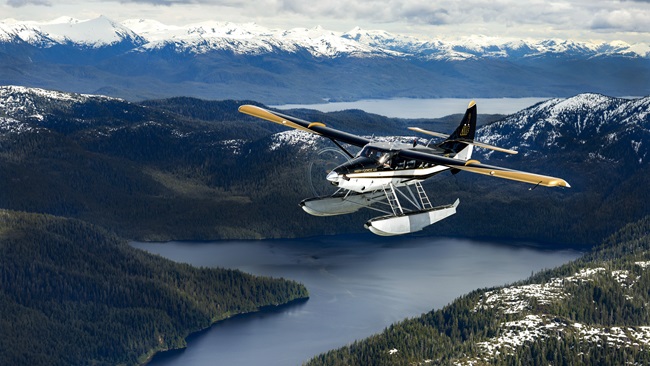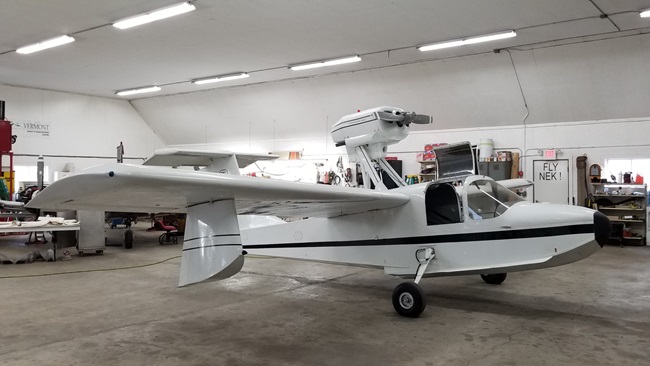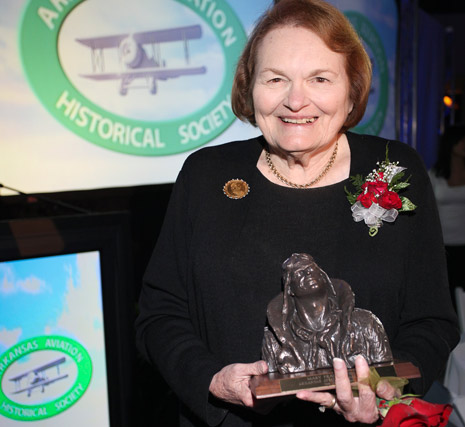 Mary Silitch’s love of aviation started when she was four years old, after taking a flight in a crop duster over her family’s Arkansas farm. “A lot of my friends in Arkansas flew, and my father started flight lessons before World War II started,” she said.
Mary Silitch’s love of aviation started when she was four years old, after taking a flight in a crop duster over her family’s Arkansas farm. “A lot of my friends in Arkansas flew, and my father started flight lessons before World War II started,” she said.
Silitch attended Rhodes College, where she majored in English and served as managing editor of the student newspaper. After graduating in 1957 she worked in a law firm while attending the University of Memphis’s law school. She ended up in law school because after college, she didn’t want to write about gardening and cooking—but couldn’t find any other journalism job.
In 1960, Silitch moved to New York City, where she worked for Mademoiselle, the Saturday Evening Post, and the McGraw-Hill Book Co. She became the associate editor for Flying magazine in 1965 after a friend told her the magazine would pay for flight lessons.
Silitch left Flying in 1969 after the publisher said she could never become managing editor of the magazine “because she was a girl.” She became managing editor of Air Progress.
After Air Progress was bought by Peterson Publishing in 1974, Silitch took a job with the National Pilots Association in Washington, D.C., where she wrote a newsletter that covered Capitol Hill for members.
“We weren’t doing much, so I decided to start lobbying for NPA so I would have news to write. I was so good at it that they ended up hiring a man to do it,” Silitch recalled.
After fighting for—and winning—a raise from NPA, Silitch was approached in 1977 by then-new AOPA President John Baker for a job. “I took over AOPA’s newsletters from Max Karant and eventually moved over to AOPA Pilot,” she said. “Despite winning a competition to become editor of Pilot, then-editor Ed Tripp hired someone from outside AOPA.”
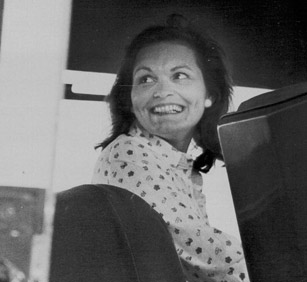 When AOPA took over the Seaplane Pilots Association, Silitch, who had a seaplane pilot certificate, became executive editor of the organization’s newsletters.
When AOPA took over the Seaplane Pilots Association, Silitch, who had a seaplane pilot certificate, became executive editor of the organization’s newsletters.
Then, when Aero magazine moved from controlled circulation to the newsstand, the company, which also owned Private Pilot, tapped Silitch to combine the two publications and become editor of Private Pilot.
After seven years, she moved to Professional Pilot and finally Aviation International News. Her advice: “Get all the experience you can. Don’t let anyone tell you that you can’t.”
Logbook
Who: Mary Silitch, the first female editor of a national mainstream aviation magazine.
Total time: More than 5,000 hours in 250 different types of aircraft.
Extra: Was considered for a seat on the National Transportation Safety Board by the Clinton administration. She didn’t get the nomination, but “I did get invited to the White House to have tea with Hillary Clinton as a consolation prize.”
